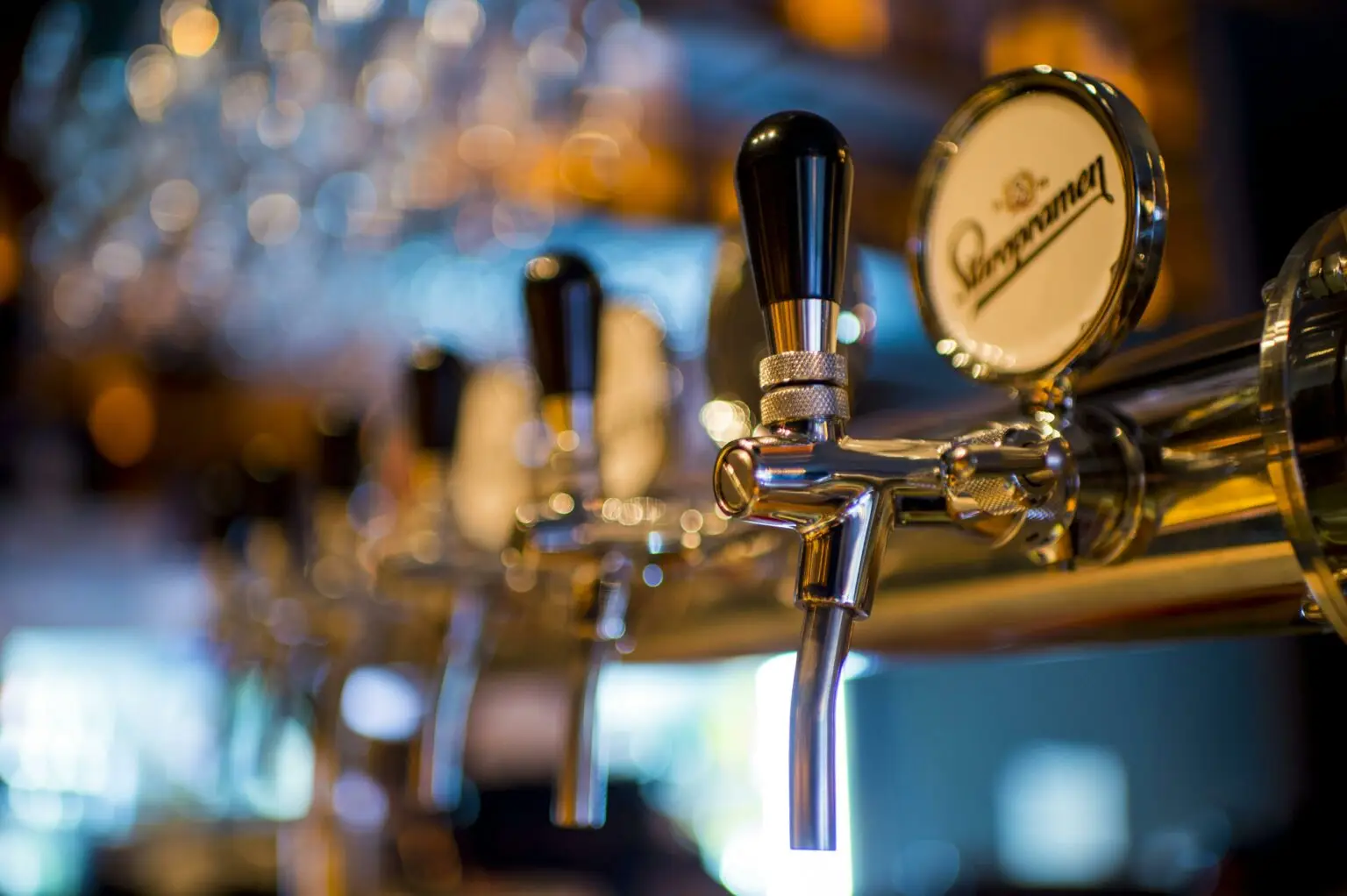By leveraging insights collected from our product Market Monitor, we highlight the regional popularity of the most symbolic beers brands in the Netherlands. However, a subtle shift might be occurring – it seems that some Out of Home-locations are witnessing a decline in (traditional) beer consumption. Or at least shift preferences in the beer brands they are selling.
In this article, we’ll delve into the most popular beer brands in the Netherlands while also exploring the noteworthy trend of shifting beer preferences in the following segments: Bars/Cafés and restaurants.
Which beer brands are the most popular?
In the dynamic landscape of the Dutch beer market, Heineken continues to be the most popular beer brand with nearly 30% of the market distribution within bars, cafés and restaurants.
In second position, Hertog Jan emerges as a strong contender, claiming around 15% of the market distribution. This brand is particularly appreciated in Friesland (24,4%), Drenthe (24,1%) and Groningen (20,3%).
Grolsch arrives in third position with 9% of the market distribution driven mainly by the Overijssel province (38,2%).
It’s good to note that an important part of the market distribution comes from other beer brands such as Peroni, Vedett or Corona, that collectively secures approximately 20% of the market. Other beer brands also includes micro-breweries which have been more and more popular over the past years, illustrating consumers interest in craft beer and artisanal brewing.
If you hoover over the graph below you can see the numeric distribution per province per brand, and also the change in numeric distribution when compared to last year. This is only data for bar/cafés and restaurants.
Beer market shakeup in the Netherlands?
However, a trend seems to be emerging: while almost all traditionally popular beer brands experienced a decline in distribution share compared to the previous year, exceptions include Grolsch, Hertog Jan, and other (not part of the traditionally popular) beer brands, signaling pockets of resilience and shifting market dynamics.
Heineken, despite its leading position, experienced the most significant loss in market distribution compared to the previous year, while Hertog Jan witnessed an increase of 1%.
One important trend to note is the growing number of establishments choosing not to sell beer (+2%). This trend is particularly strong in Flevoland with a 5% increase.

The decline of popular beer brand distribution illustrates a shift in consumer preferences towards a more healthy or more artisanal choices. A Roamler study conducted in March 2021 showed that 30% of the 5.245 respondents was choosing low-alcohol beverages for health consciousness.

Roamler newsletter
Get the latest insights, innovations, and opportunities when it comes to efficiency for your business.
Regional differences in beer brands
As mentioned previously, our data shows that Heineken is most popular across the country. However, significant differences between the provinces are noticeable. For instance, in the province Flevoland, Heineken is the most popular with 46%, and is followed by Zuid-Holland with 42%. However, in the province Noord-Brabant, Hertog Jan and Bavaria are the most sold beer brands. Notably, in the province Limburg, a mix of different beer brands not part of the traditional popular brands, are most popular to sell.
Is 0%-beer the solution?
We also observe a notable pattern when examining the distribution of 0%-alcohol beers; with the exception of the province Overijssel, we are seeing an increase in the popularity of 0% beer of brands which are not part of the traditionally popular brands, often at the expense of larger brands like Heineken (down by 7.7% in Drenthe) or Jupiler (down by 3% in Utrecht). This this trend underscores the increasing popularity of 0% beers, mirroring a shift towards healthier lifestyles and heightened awareness of the effects of alcohol.
Conclusion
In conclusion, our exploration of the Dutch beer market offers insights into both enduring traditions and evolving trends. While Heineken maintains its stronghold as the most popular beer brand nationwide, our analysis reveals nuanced regional preferences and shifting dynamics within Out of Home locations. The data underscores a notable trend of declining traditional beer consumption, accompanied by a rise in the popularity of other beer brands like Peroni, Vedett or Corona which are gaining distribution shares in almost all Dutch provinces and the emergence of healthier 0% alcohol beers.
As consumer preferences continue to evolve, this signals a changing landscape for brewers and establishments alike, emphasizing the importance of adaptability and innovation to navigate the dynamic beer market successfully.

